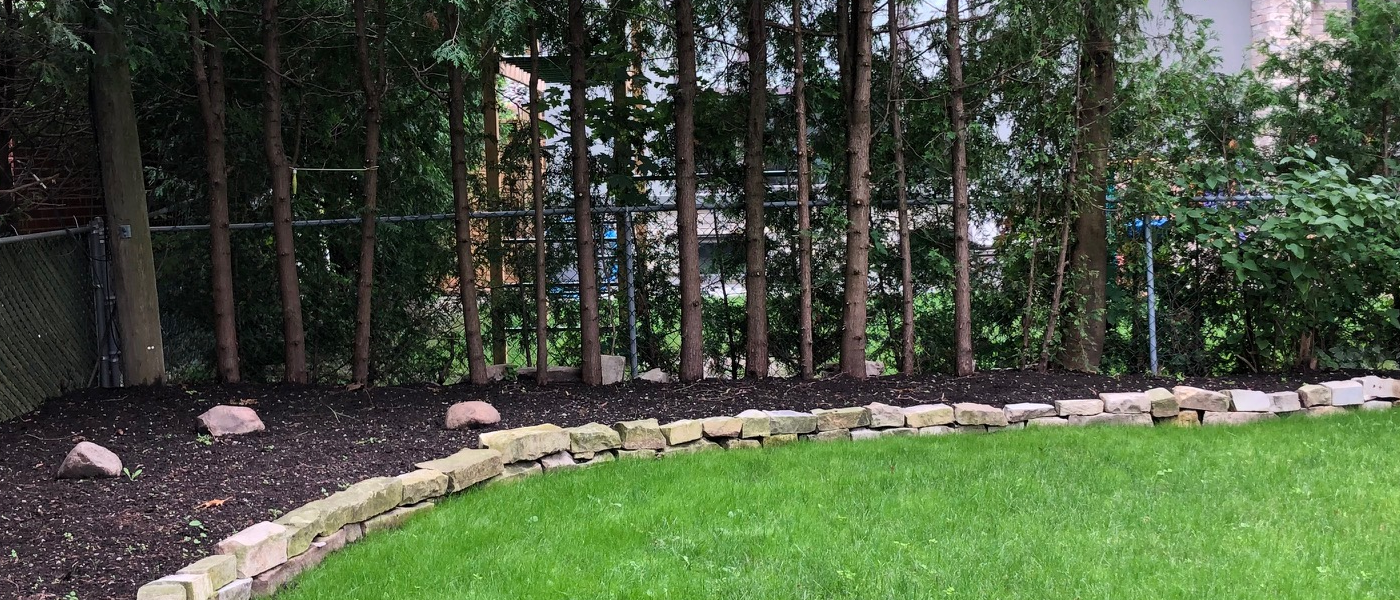Menu

Shade Garden Pack for New Gardeners
Announcing Starter Packs for New Gardeners: Shade
Are you new to gardening and just don't know what to choose? Welcome to the hobby. We're here to help. We have put together two starter packs of plants that are reliable, perform well in many conditions, and also help support our native insects.
With your starter pack you'll get 7 plants, a sachet of root rescue, and an instruction sheet to help with planting and care questions.
For Shade Gardens
In gardening terms shade is up to 4 hours of direct sunlight. Just remember, it doesn't mean darkness. Shade gardens generally thrive in an area that gets some dappled sunlight throughout the day, for instance under the edge of a tree's canopy. In a place where they are constantly shaded, such as behind a tall building, they may survive, but probably won't thrive. To add confusion, there are spring ephemerals. Those are plants, such a our native Trillium, that grow in the early spring, taking advantage of sunlight under trees that haven't leaved out yet in the spring. Many of those plants are sold as shade plants, which is why so many of our shade plants bloom very early in the season, and then go dormant.
We've selected plants for your shade garden that provide at least interest and texture throughout the season. I'm not going to mislead you - if you want flowers in the shade you should consider annuals. We'll provide:
- 2 Candadian Wild Columbine
- 2 Eastern Wood Fern
- 1 Gold Standard Hosta
- 1 Raspberry Splash Lungwort
- 1 Valentine Bleeding Heart
Here are some notes about those plants
Gold Standard Hosta

Hostas are a standard item for shade gardens because of their large spreading leaves that provide lushness even in shade. Some hostas grow huge, over time. You can expect a new hosta to have several leaves, and by the next season twice as many, and the season after that...you get the idea. Also, a young hosta will usually have smaller leaves than an older one. So, take that into account when choosing where to plant a hosta. Once your hosta gets big, with many leaves, you can divide it into more plants. In fact a hosta was the first plant I ever tackled dividing. The advice I got at the time was: if it has some leaf, and some root, it will grow. Don't worry, it's a hosta. (Package quantity 1, size 1 gallon)
Raspberry Splash Lungwort (Pulmonaria hybrid)

Lungwort blooms in the early summer, but afterwards the leaves are an interesting fuzzy texture with silvery splashes on them. You may find in the heat of the summer that the leaves start to look worn out - even brown. If that happens you can cut them off and expect new ones to grow for the fall season. Lungwort spreads by seed, and you will likely find baby plants scattered around your garden. Bonus! (Package quantity 1, size 1 gallon)
Wild Columbine (Aquilegia canadensis)

This adorable native plant grows naturally in our woodlands. If it is happy, you'll find that you get more growing from seeds naturally. They prefer to have a rich moist soil, so don't let them dry out. Often the leaves will die back in the heat of summer, so if they start to look tired, you can cut them off. I think they look best in a large clump of plants, so you may want to let the seeds mature on the plant and then, um, help, them fall nearby. (Package quantity 2, size 1 gallon)
Eastern Wood Fern (Dryopteris marginalis)

Ferns are a fantastic addition to a shade garden. This is an evergreen fern, that will slowly spread. I chose this slightly smaller fern, because once established is it tolerant of dryer soil. (Package quantity 2, size 1 gallon)
Valentine Bleeding Heart (Dicentra spectabilis)

Bleeding heart is a spring ephemeral, so you can expect it's foilage to die back after it is finished blooming. At that point, once it starts to yellow, you should cut it off close to the ground. It will come back next season. (Package quantity 1, size 1 gallon)
How much space do these 7 perennials need?
Of course, that depends upon the type of plant. We have chosen a selection of plants that will need approximately 20 sq feet at maturity. Of course, when they arrive they will be small. You can expect your plants to take 2 to 3 years to fill in their space.
Can I make a substitution
We are providing these collections of plants at a discount. We are not able to handle substitutions at this price.
What if one of the plants isn't available
We do not anticipate any problem sourcing these plants. If we run into a problem, we will provide a different plant that is suitable for the same conditions.
Can I order other plants along with a pack?
Of course. Just put them in your cart.
I was told my soil is heavy clay. Will my plants be ok?
We have selected plants that aren't very picky about soil. However, if you have heavy clay, it is always a good idea to plant with some extra compost/manure. You can just throw a couple of handfuls on the soil after you dig your hold, and it will naturally mix in when you use it to plant. Take a look at the blog post about soils for more information.
I was told my soil is very sandy. Will my plants be ok?
We have selected plants that aren't very picky about soil. However, if you have sandy soil, it is always a good idea to plant with some extra compost/manure. You can just throw a couple of handfuls on the soil after you dig your hold, and it will naturally mix in when you use it to plant. Take a look at the blog post about soils for more information. Think you've read this somewhere before? Yes, the prescription for sandy soil is the same as the prescription for clay soil. Compost solves most soil issues.
You can purchase this product from from our website here: Plants in the City Shade Garden Package
- Choosing a selection results in a full page refresh.

